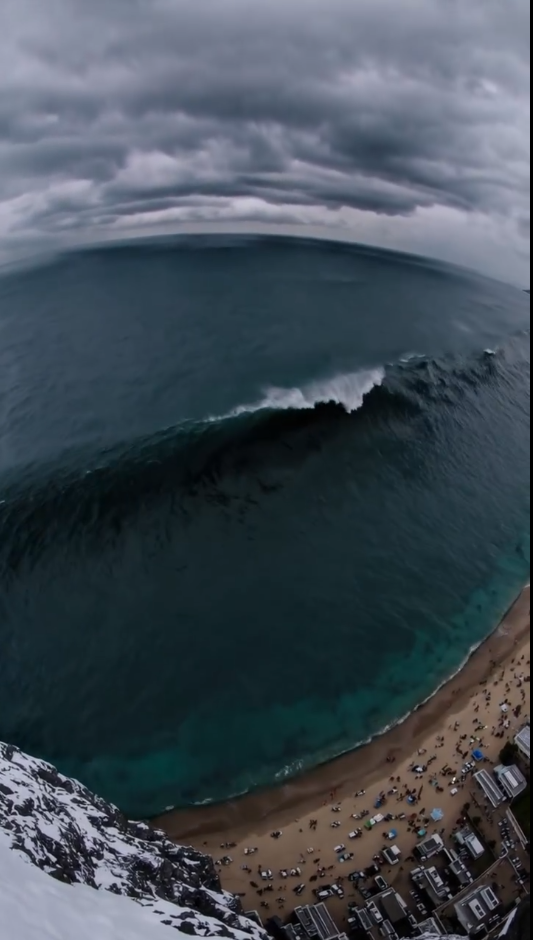A tsunami, triggered by a powerful undersea earthquake, is one of nature’s most terrifying forces. When tectonic plates suddenly shift, massive amounts of energy are released beneath the ocean, displacing billions of gallons of water. This triggers a wave that races across the ocean at speeds up to 600 mph, barely noticeable in deep waters but growing in size as it nears the shore.
As the wave approaches coastal waters, it slows and compresses, causing it to rise to heights of over 100 feet in some cases. What begins as a subtle rise in the water quickly transforms into a towering, destructive surge that can flood entire cities, uproot trees, and demolish buildings. The tsunami can travel miles inland, destroying everything in its path.
The warning signs are brief: a sudden retreat of the water from the shore, which signals the tsunami is imminent. Yet, even with early warning, the impact is swift, and subsequent waves can be even more devastating.
After the tsunami, recovery is slow, with communities facing widespread destruction, loss of life, and long-term ecological damage. Tsunamis also disrupt marine life and ecosystems, permanently altering coastlines.
Despite the unpredictability, advancements in early warning systems and disaster preparedness have improved our ability to respond. Coastal communities are increasingly better equipped, but the sheer power of tsunamis remains a humbling reminder of nature’s force.
Preparedness is crucial to reducing the impact of these devastating waves, with every second counting when survival is at stake.
